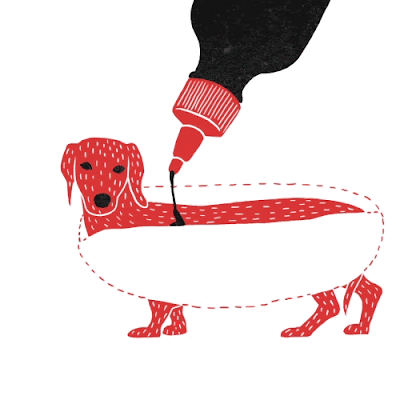Attendance Scanners
by Daniel Kraker
Classes begin today at Northern Arizona University. And students may feel a little more pressure to roll out of bed and make it to that eight o'clock lecture, because the school is installing electronic scanners outside some large lecture halls. The scanners will track attendance. Our own tracking system marks down Arizona Public Radios Daniel Kraker as present for this report.
DANIEL KRAKER: Brandon Cruickshank has taught Chemistry 101 in this cavernous空洞的 大的 classroom at NAU for 15 years.
Professor BRANDON CRUICKSHANK (Chemistry, Northern Arizona University): When I started here, I was of the mindset態度想法 that this is college. Students should decide for themselves whether they should show up or not, this is no longer high school.
KRAKER: But over the years, he’s seen that attending class does matter. So now he factors class participation into his students’ grades, most of whom are freshmen.
Prof. CRUICKSHANK: We do have to say to a lot of those students, that it really is important that you do show up to class, you are not going to do well if you’re not there.
KRAKER: Research suggests that missing even one class can result in a lower GPA for first year students. And a freshman’s grades, in particular, are really important, says Karen Pugliese. She’s NAUs vice provost教務長 for academic affairs.
Ms. KAREN PUGLIESE (Vice provost for academic affairs, Northern Arizona University): The stronger a student’s grade performance in the first year, the far more likely they are to persist at Northern Arizona University and graduate.
KRAKER: Universities across the country are struggling to boost lagging graduation rates. At NAU, only about 30 percent of incoming freshmen will earn a degree in four years. About three in every 10 students drop out after the first year. And if something as simple as going to class could help turn that around, Pugliese thinks it’s appropriate to make it a priority.
Ms. PUGLIESE: There’s a lot of compelling things out there, there’s a lot of competing choices that a student can make. We ought to, I think, do everything we can to make that choice the most likely.
KRAKER: Which is where NAUs new electronic attendance pilot project實驗計畫comes in. The school received $85,000 in federal stimulus funds to install scanners outside 20 large lecture halls - like Brandon Cruickshank’s chemistry classroom, where it’s not practical to take roll. When students flash their ID cards near a scanner, a light turns green, and they get checked off on an attendance report.
Ms. RACHEL BRACKETT (Student, Northern Arizona University): I don’t see why we need to be told what to do anymore. And I feel as though it’s a move toward that, towards treating us as though we're juveniles.
KRAKER: Junior Rachel Brackett has mobilized student opposition to the project. She’s launched a Facebook page, gathered two thousand signatures and organized a rally團隊 against the plan. She says part of the college experience is learning to make your own decisions, and living with the consequences.
Ms. BRACKETT: I really felt like NAU is not giving students enough initiative. They coddle us, I almost feel like, in a lot of our classes.
KRAKER: She also doesn’t like how the school could track where she is in a, quote, "Big Brother way." Linda DeAngelo, with the Higher Education Research Institute at UCLA, shares those concerns.
Ms. LINDA DEANGELO (UCLA): Rather than focusing on did students go - in other words, did they scan their card - the more important thing to think about is what are they doing in the classroom, are they actively participating.
KRAKER: Universities also have a strong financial incentive to retain their students. It costs about $400 to recruit a single student to a public school, nearly $2,000 to a private college. Every time a student drops out, that process starts all over again.










留言
張貼留言